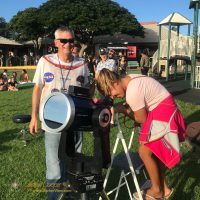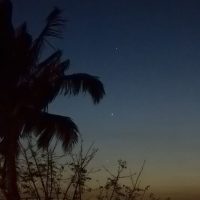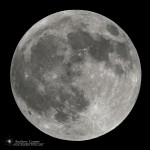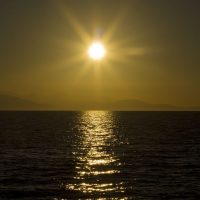Today Mercury is passing through inferior conjunction, passing between the Sun and the Earth. This fast moving planet will reappear above the dawn in about a week, rising towards maximum elongation on November 28th.
On this particular conjunction the planet will transit the Sun.
This will be a modest apparition, with the planet reaching only 20° away from the Sun.
| Mercury Events for 2019 | |||
|---|---|---|---|
| Apparition | Date | Elongation | Magnitude |
| Evening | Feb 27 | 18.1°E | -0.2 |
| Morning | Apr 11 | 27.7°W | +0.6 |
| Evening | Jun 23 | 25.2°E | +0.7 |
| Morning | Aug 9 | 19.0°W | +0.3 |
| Evening | Oct 20 | 24.6°E | +0.1 |
| Morning | Nov 28 | 20.1°W | -0.3 |
| Data from the Mercury Chaser’s Calculator by John Walker | |||







